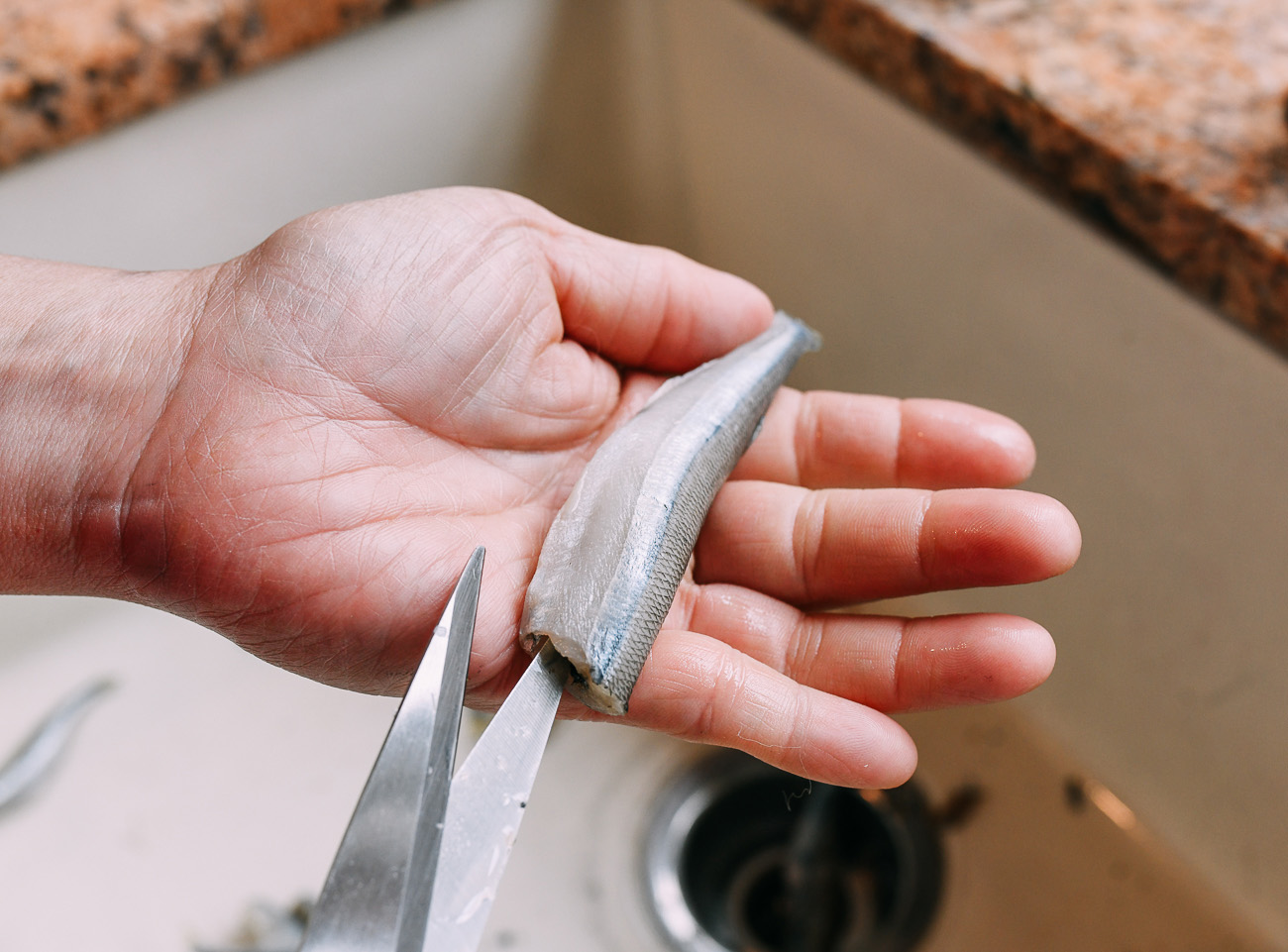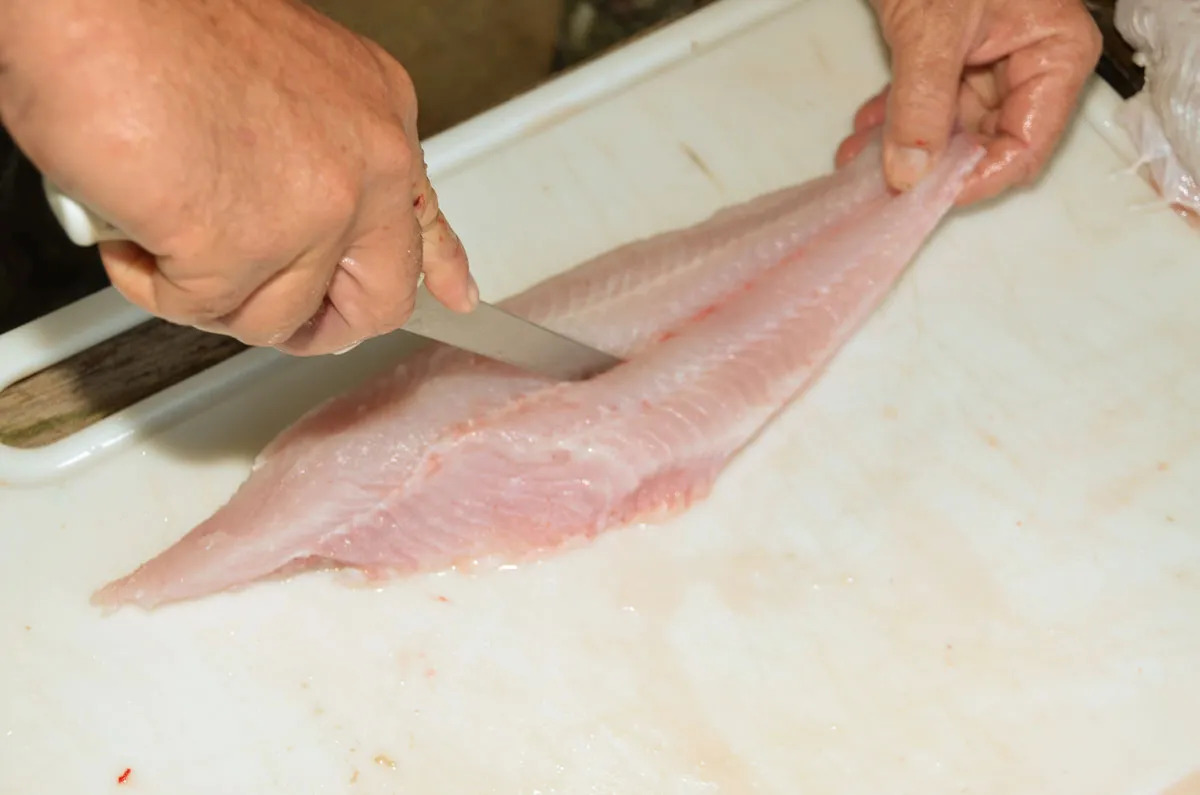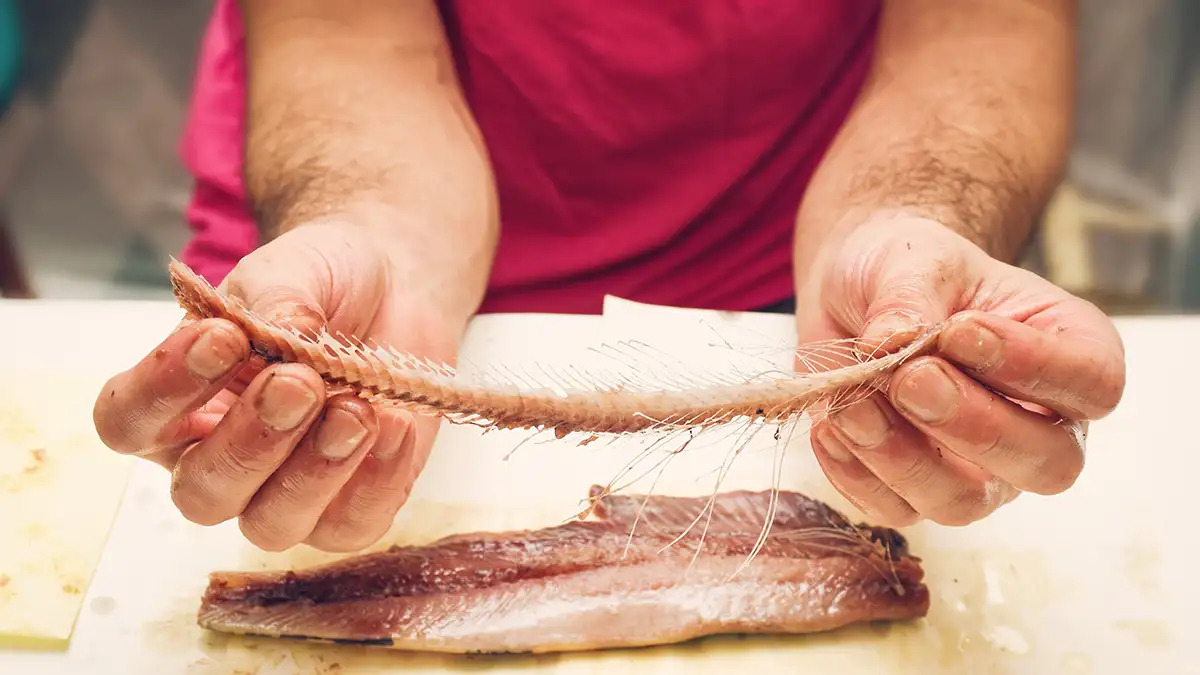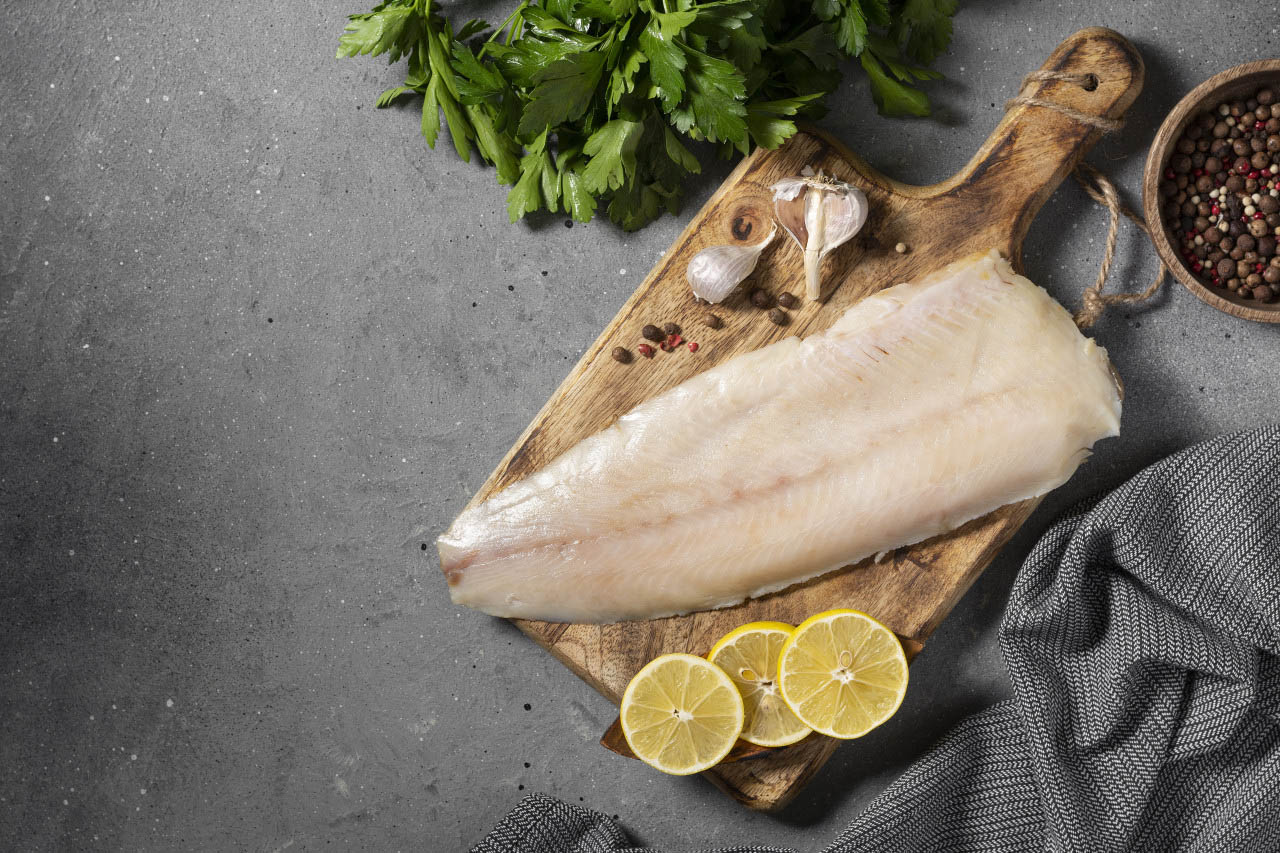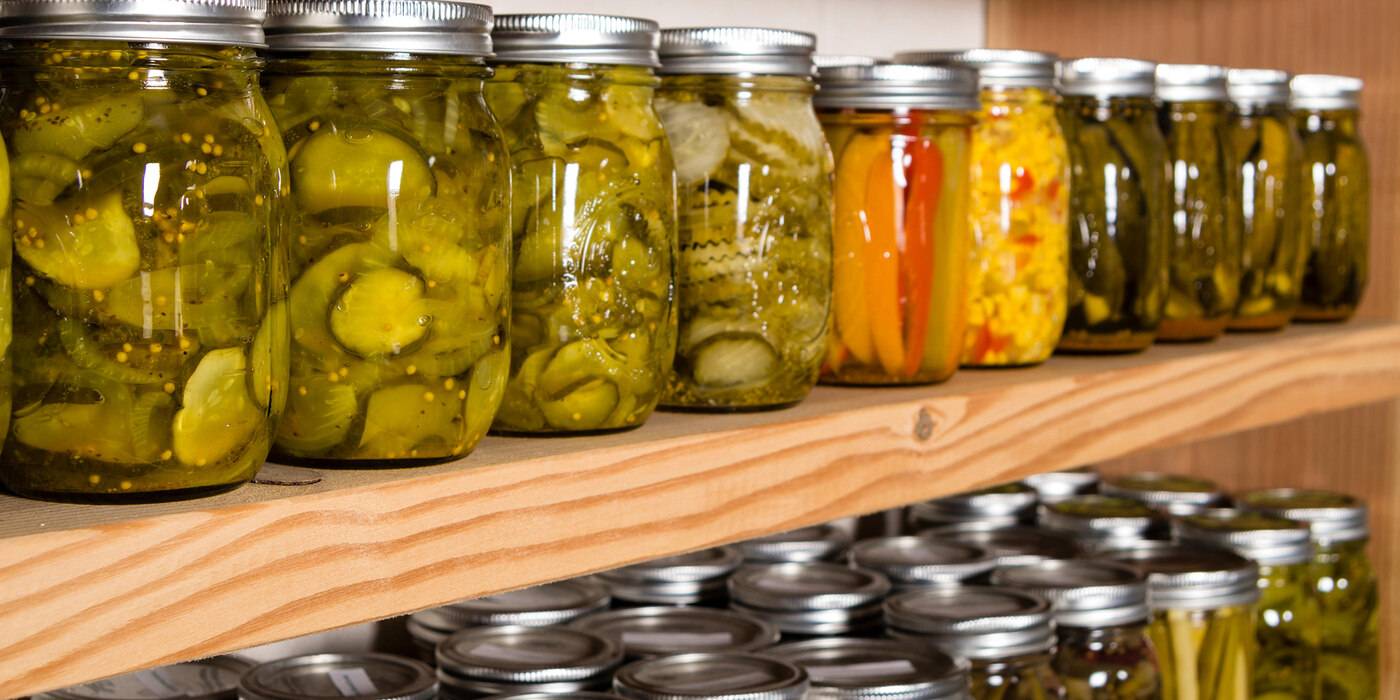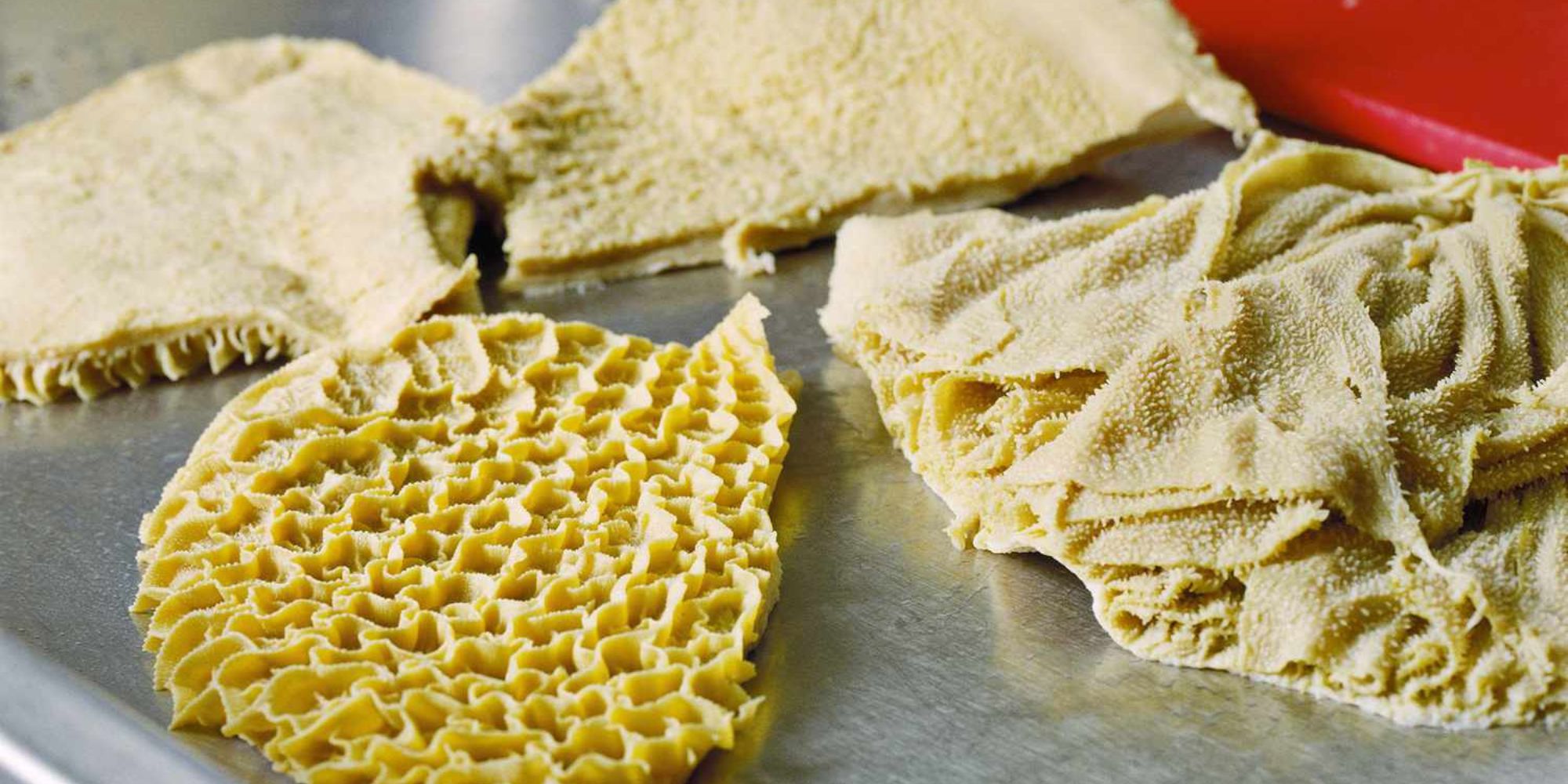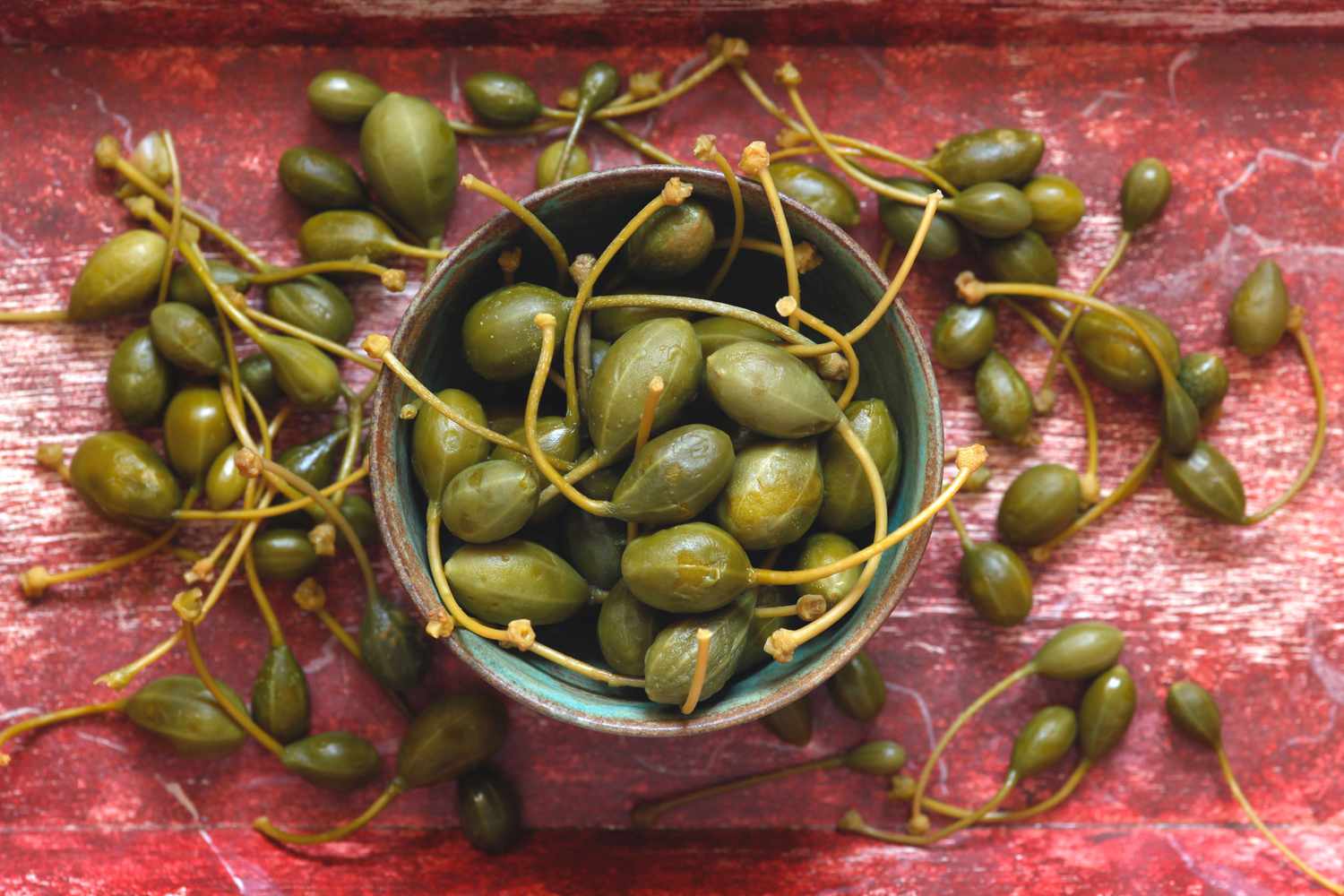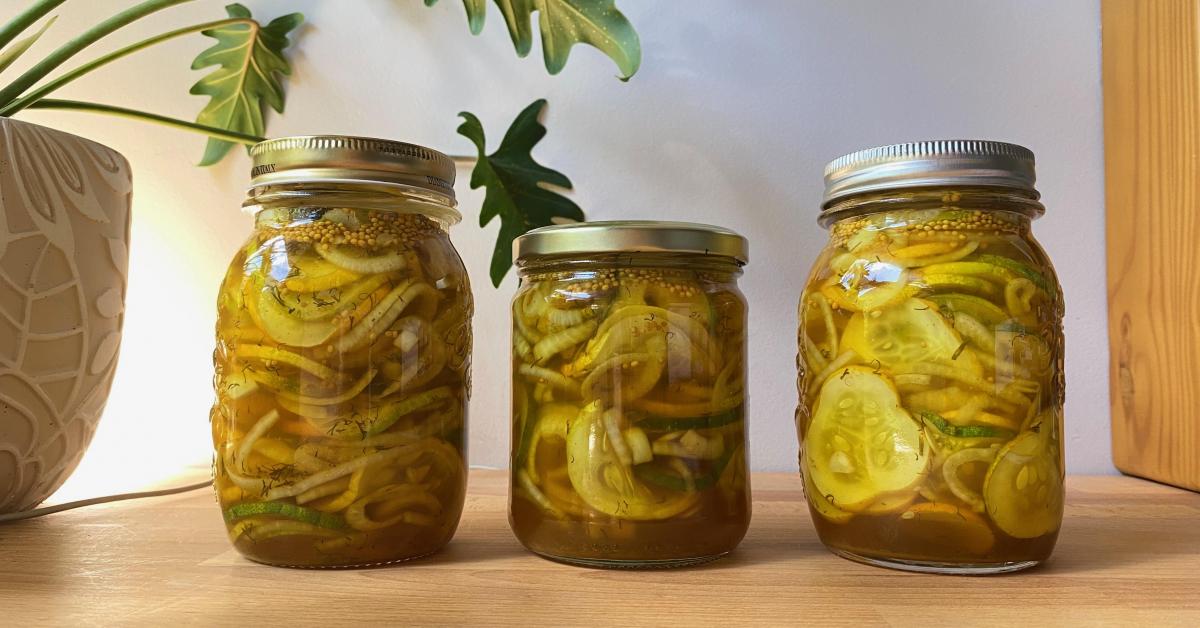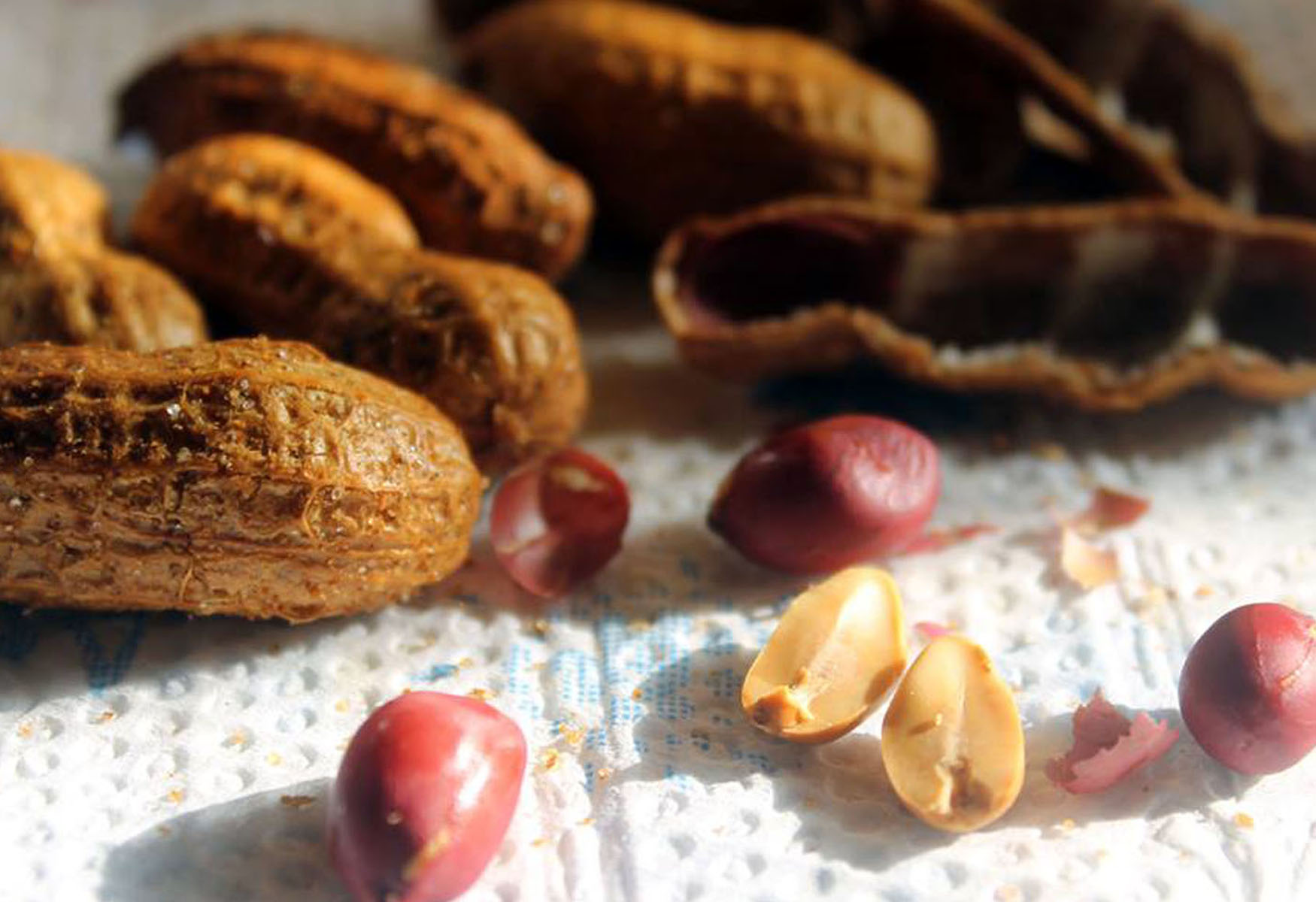Deboning and Butterflying a Pork Shoulder: A Step-by-Step Guide
Deboning and butterflying a pork shoulder may seem like a daunting task, but with the right technique, it can be a rewarding and delicious endeavor. Whether you’re preparing a special meal for a gathering or simply want to try your hand at a new culinary skill, mastering the art of deboning and butterflying a pork shoulder can elevate your cooking game to a whole new level.
What You’ll Need
- Sharp boning knife
- Cutting board
- Kitchen twine
- Patience and a steady hand
Step 1: Prepare Your Workstation
Before you begin, make sure your workstation is clean and organized. Lay out your cutting board and ensure that your boning knife is sharp and ready for the task at hand.
Step 2: Remove the Bone
Place the pork shoulder on the cutting board with the fat side facing up. Using your boning knife, carefully cut along the bone to separate it from the surrounding meat. Take your time and follow the natural contours of the bone to ensure you remove as much meat as possible.
Step 3: Butterfly the Pork Shoulder
With the bone removed, it’s time to butterfly the pork shoulder. To do this, make a horizontal cut into the pork, stopping about an inch from the edge. Open up the pork shoulder like a book and continue to make small, shallow cuts as needed to even out the thickness of the meat.
Step 4: Trim Excess Fat and Connective Tissue
Once the pork shoulder is butterflied, take a moment to trim any excess fat or connective tissue from the meat. This will help ensure that your final dish has a more consistent texture and appearance.
Step 5: Roll and Tie the Pork Shoulder
Now that your pork shoulder is deboned and butterflied, it’s time to roll it up into a neat, compact shape. Starting from one end, carefully roll the pork shoulder into a tight cylinder. Once rolled, use kitchen twine to tie the pork shoulder at regular intervals to help it maintain its shape during cooking.
Step 6: Cook to Perfection
With your deboned and butterflied pork shoulder prepared, it’s ready to be cooked according to your favorite recipe. Whether you choose to roast, braise, or grill the pork, the hard work you put into deboning and butterflying will surely pay off in the form of a tender and flavorful dish.
Deboning and butterflying a pork shoulder requires some practice, but with patience and a bit of determination, you can master this essential culinary skill. So, roll up your sleeves, gather your tools, and get ready to impress your friends and family with a beautifully prepared pork shoulder that’s sure to be a hit at any gathering.
Using the skill of deboning and butterflying a pork shoulder opens up a world of delicious recipes. The reader can start with the Spicy Korean-Style Pork Shoulder, which brings an exciting kick to the table. For a taste of Italy, Italian Porchetta with Crispy Skin will impress with its rich, seasoned flavors and perfect crackling. Those who enjoy a slow-cooked meal should try the Slow-Cooked Pulled Pork Sandwiches for incredibly tender and flavorful meat. Exotic flavors are at hand with Moroccan Spiced Pork Shoulder with Apricots, combining sweet and savory in a unique way. And for a taste of the tropics, Caribbean Jerk Pork Shoulder offers a spicy, aromatic delight. Each recipe highlights the versatility of a butterflied pork shoulder, making it a worthwhile technique to master.
Was this page helpful?
Read Next: How To Debone Baby Back Pork Ribs
